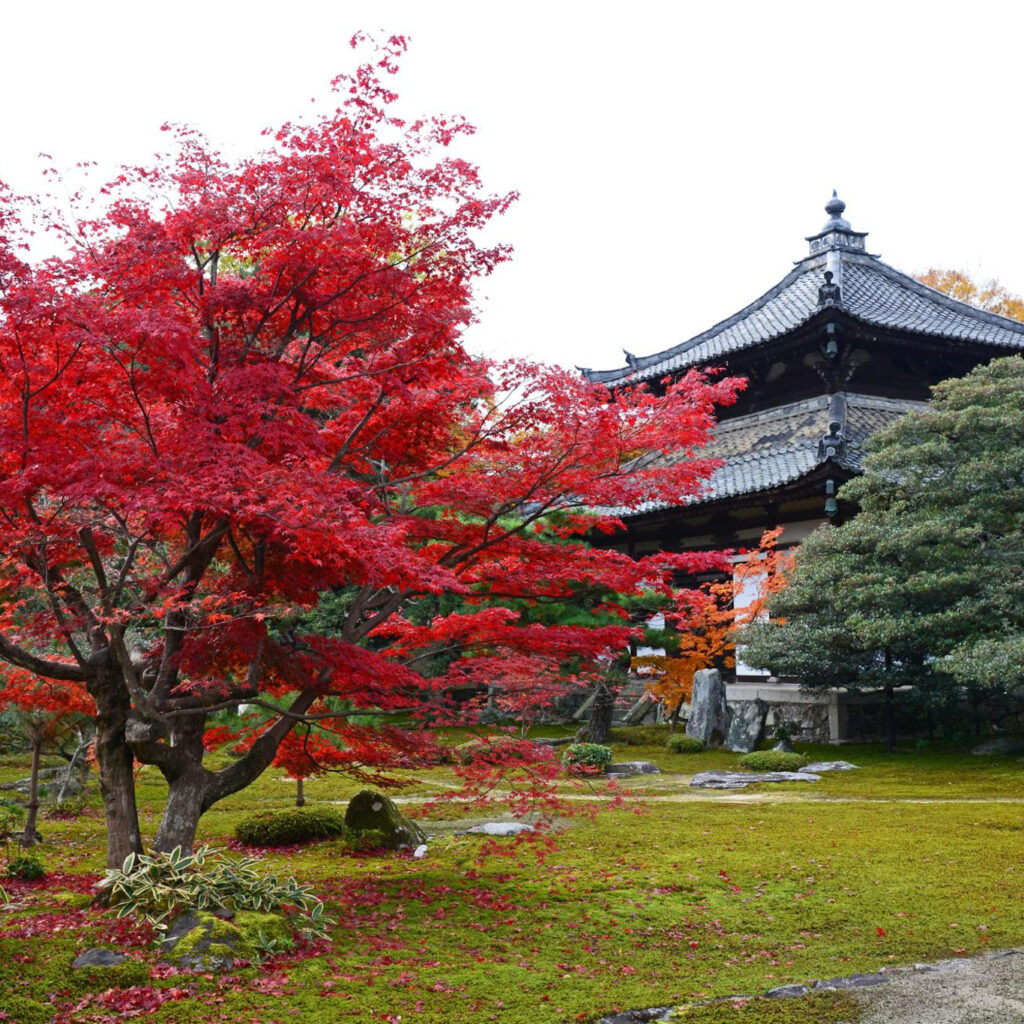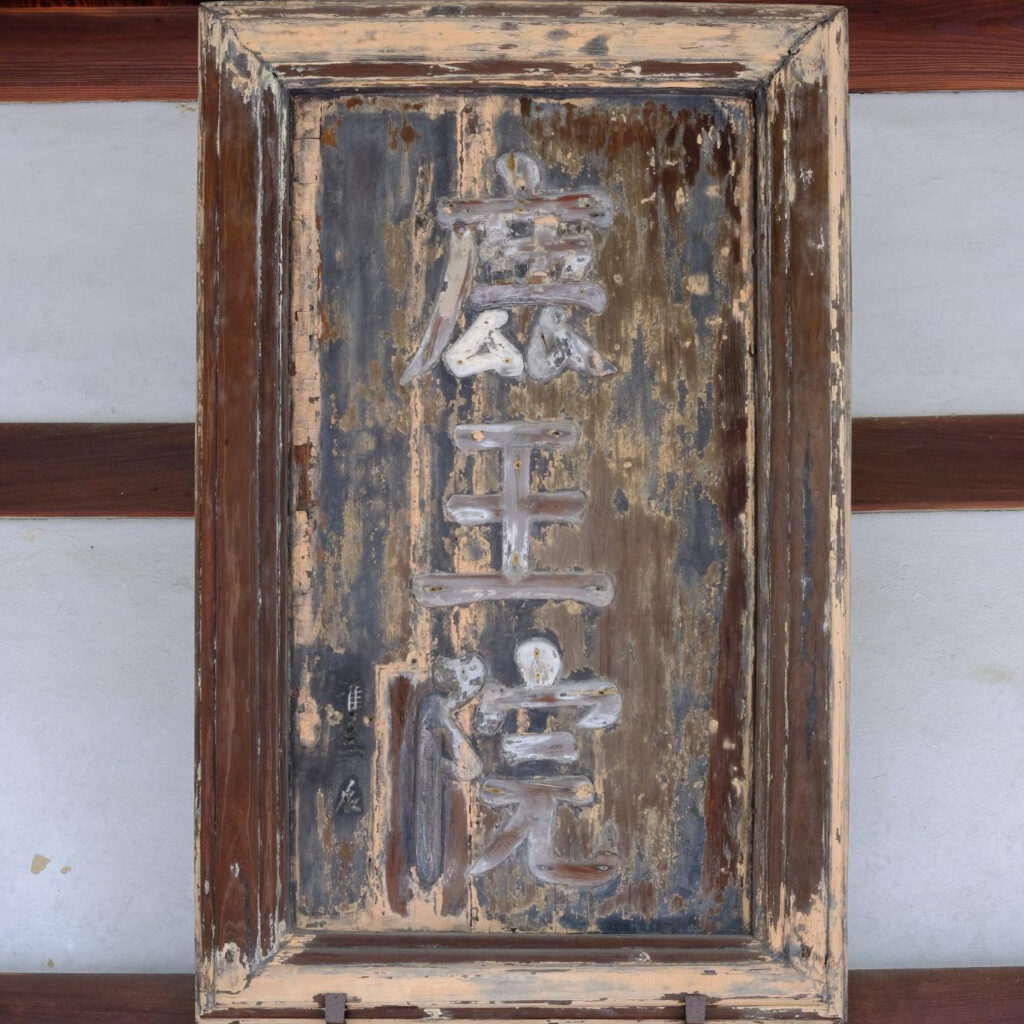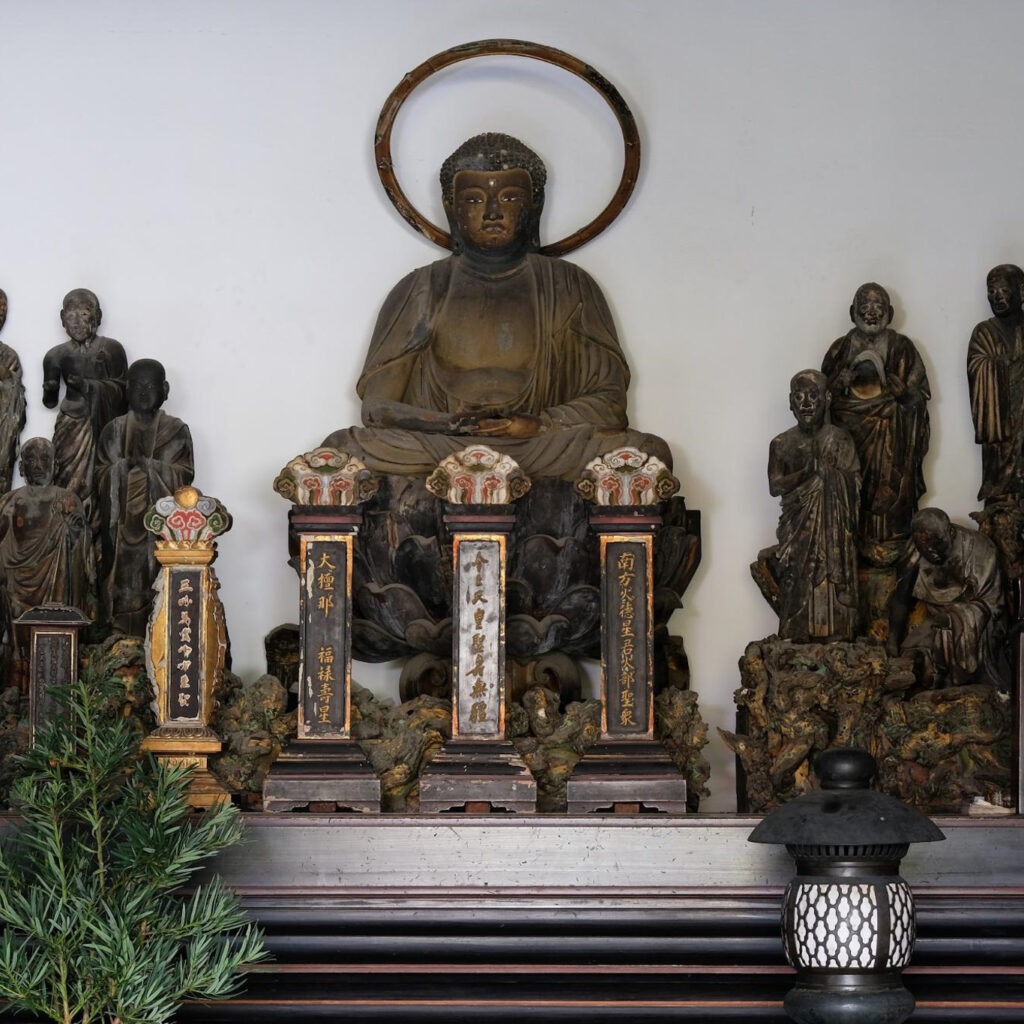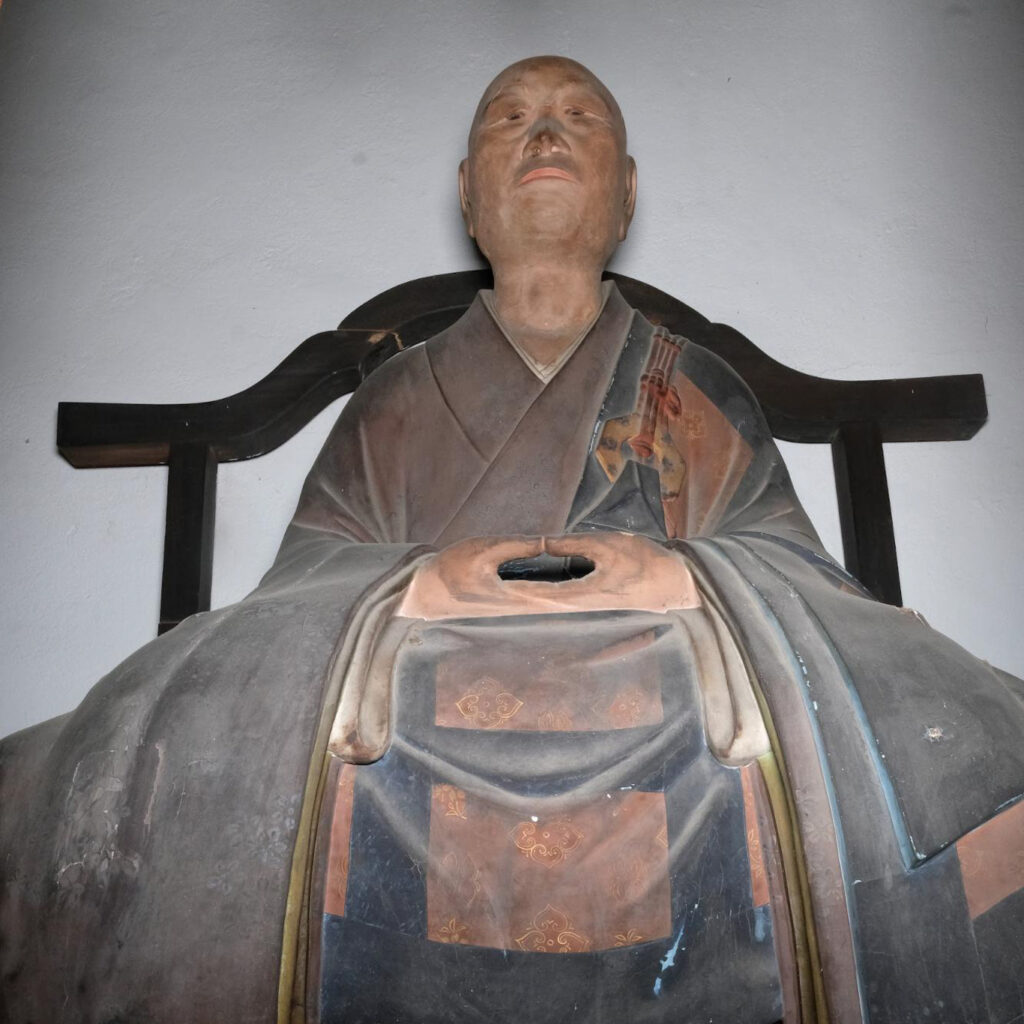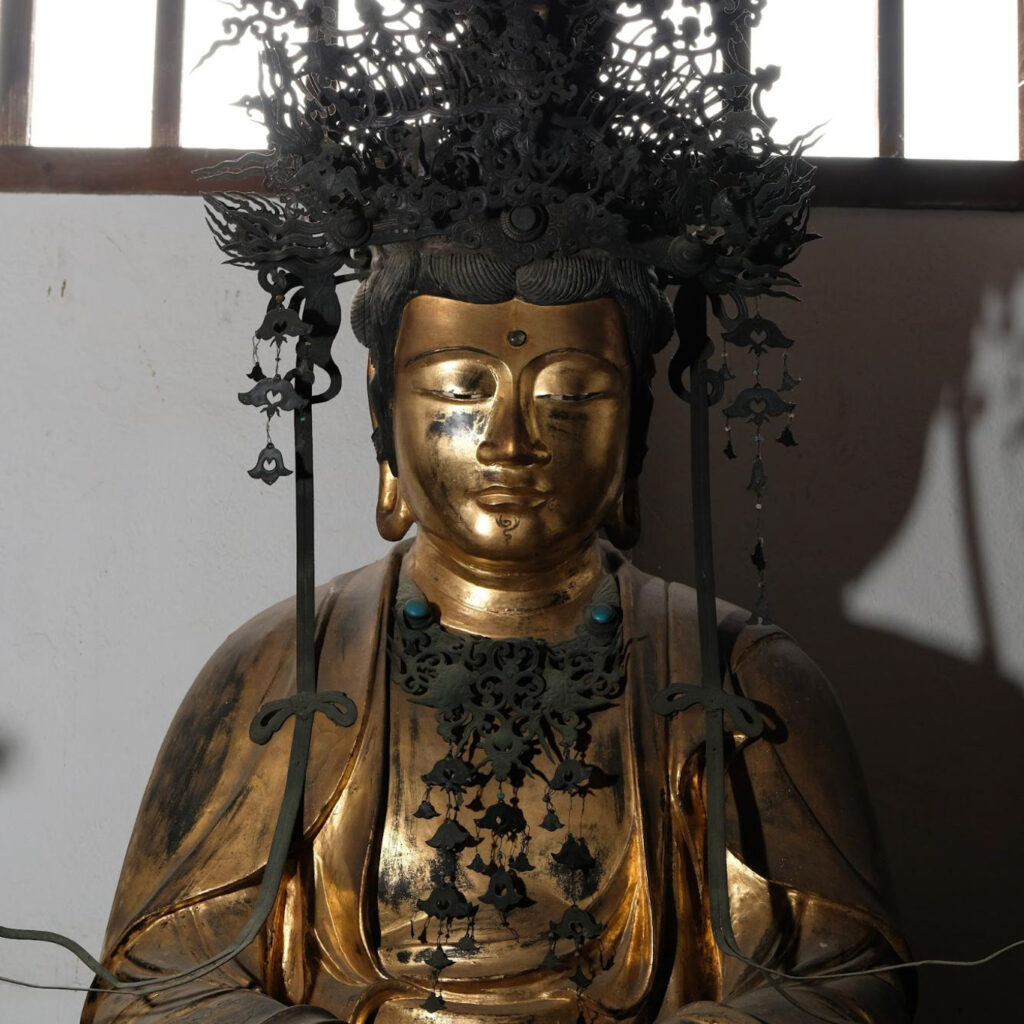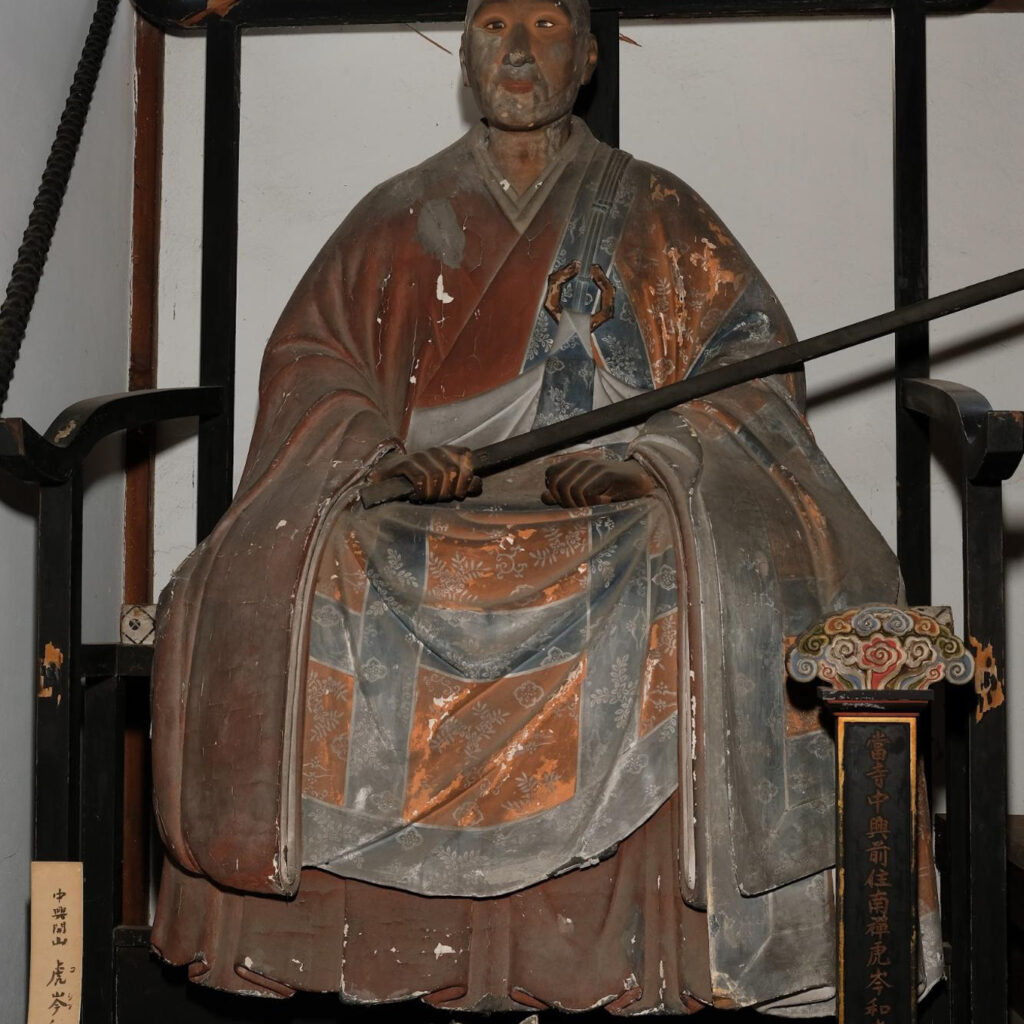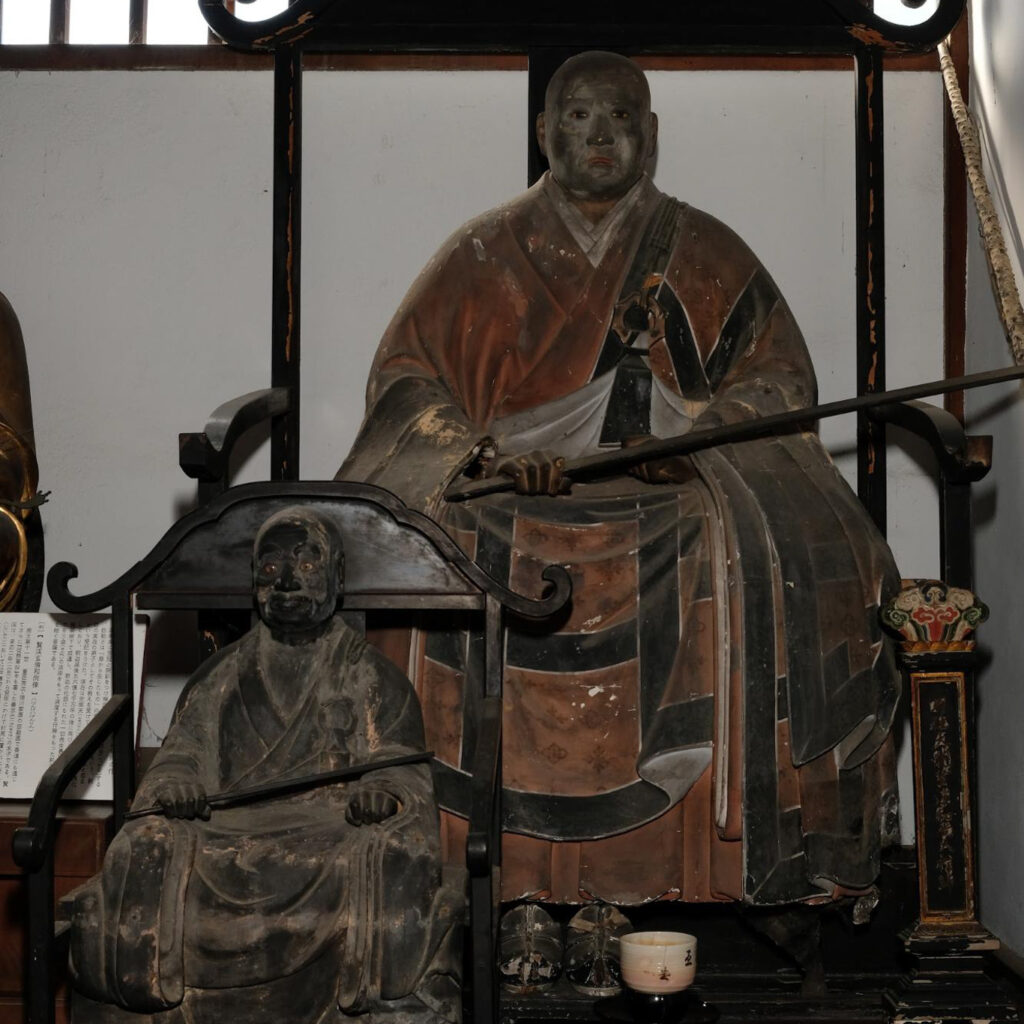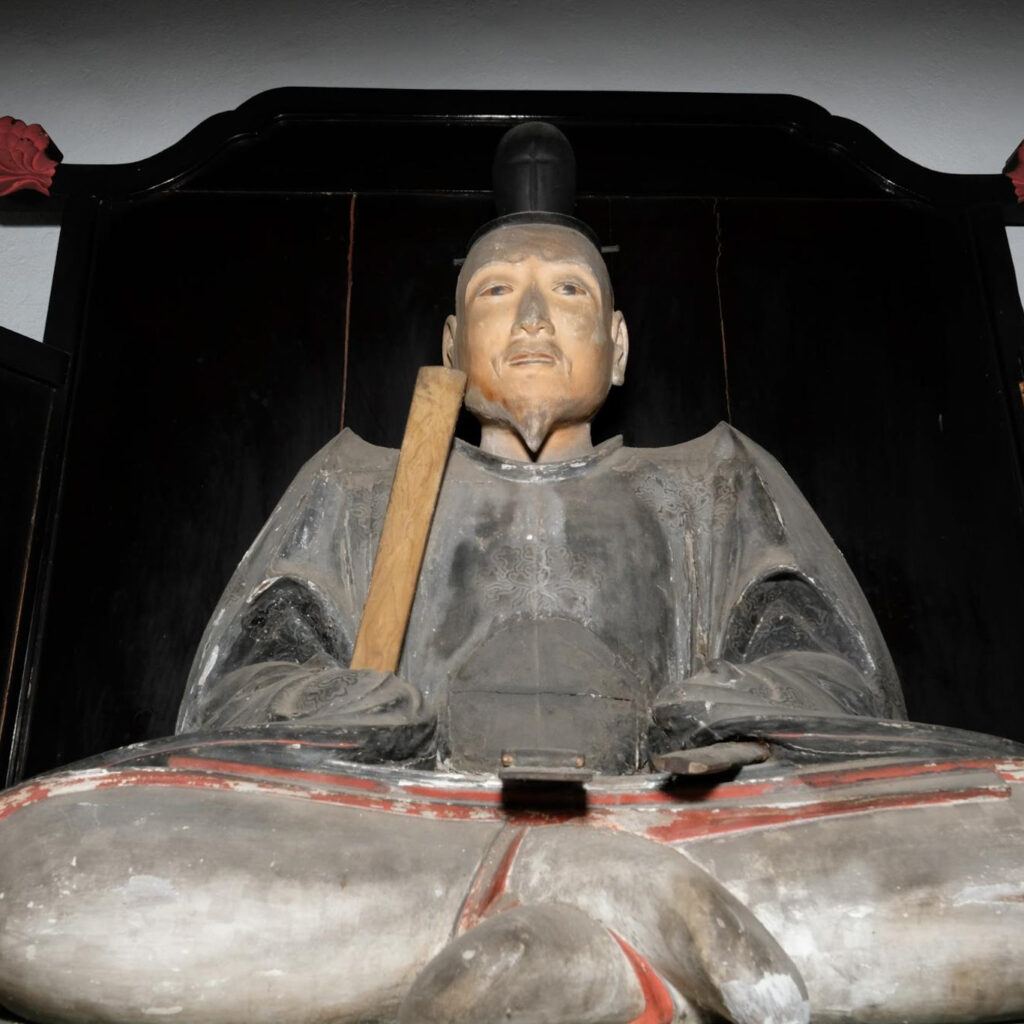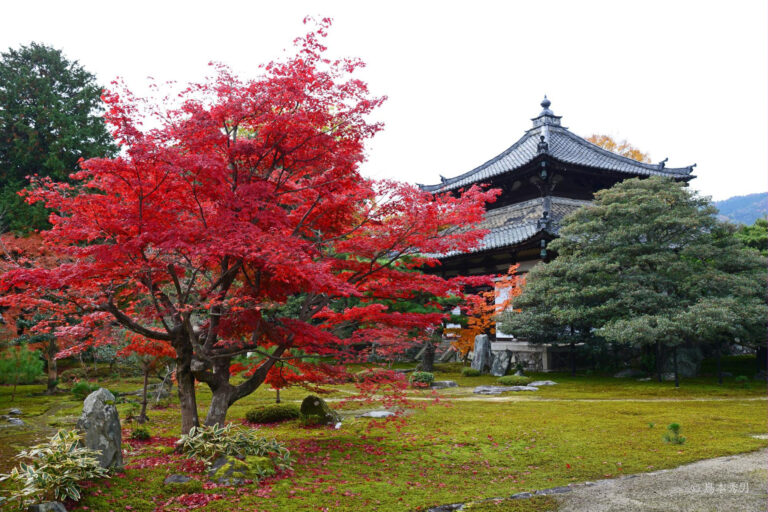A seated statue in formal attire, created no later than the third year of the Enpō era. He was the third shogun of the Muromachi shogunate (1358-1408). His Buddhist name was Rokuouin Tenzan Dōgi, and he was a cousin of the then Emperor Go-En'yū. At the age of 11, he became the shogun, began ruling directly at 15, and at 21, he established the Flower Palace in Muromachi. In 1379 (the first year of the Kōryaku era), amid political upheaval, he summoned Shun'oku Myōha to Kyoto, appointed him to a clerical position, and oversaw the Five Mountain Zen temples. He founded Hōzō-ji and Rokuouin temples, appointing Shun'oku as the first abbot (Kaisan). In 1383 (the third year of the Eitoku era), at 26, he received the honorary title of "Jun-Sango," reaching the pinnacle of court nobility and bringing both the samurai and court nobles under his control. Following his grandfather's example in founding Tenryū-ji, he ordered Shun'oku to establish Shōkoku-ji in 1384 (the first year of the Shitoku era), making it the second of the Kyoto Gozan. In 1392 (the third year of the Meitoku era), he unified the Northern and Southern Courts. In 1394 (the first year of the Ōei era), he abdicated the shogunate to his eldest son, Yoshimochi, and became a monk the following year at the age of 38. In 1397 (the fourth year of the Ōei era), he constructed Kitayama-dai (of which the Golden Pavilion is a part) and moved there to conduct his cloistered rule. Despite criticisms, in 1401 (the eighth year of the Ōei era), he received investiture from the Ming Dynasty, opening Japan-Ming trade under the title "King of Japan, Minamoto no Michiyoshi." He died suddenly at the age of 51 on May 6, 1408 (the 15th year of the Ōei era), shortly after Emperor Go-Komatsu visited Kitayama-dai in March. After his death, there were plans to posthumously bestow upon him the title of Retired Emperor, but this was declined on the advice of the shogunal deputy, Shiba Yoshimasa. Yoshimitsu's patronage of courtly culture, Zen Buddhism, and foreign cultures, as well as his construction projects including Hōzō-ji, Shōkoku-ji, the Flower Palace, and Kitayama-dai, led to the flourishing of Kitayama culture.
Statue of Founding Patron Ashikaga Yoshimitsu


